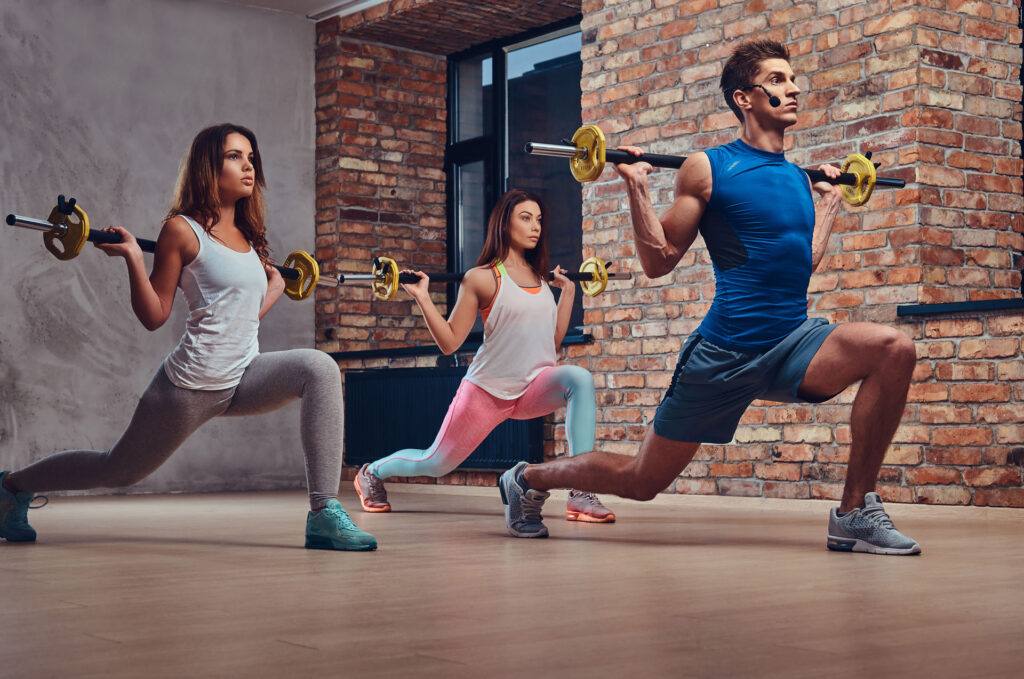🅰️ to 🆉: Complete Body Fitness Journey (Dual-Sided Explanation)
🅰️ – Assessment
- Training Side: Start with a fitness assessment – measure strength, flexibility, endurance, and body composition.
- Lifestyle Side: Analyze your daily habits, diet, stress levels, and sleep. Know where you are before you plan where to go.
🅱️ – Balance
- Training: Balance workouts between cardio, strength, mobility, and rest.
- Lifestyle: Balance nutrition, work-life, mental peace, and social health.
🅲️ – Cardio
- Training: Boost heart health with running, cycling, HIIT, or swimming.
- Lifestyle: Helps manage weight, improves mood, and reduces anxiety.
🅳️ – Discipline
- Training: Stick to your routine even on hard days.
- Lifestyle: Maintain consistent sleep, eating times, and a structured day.
🅴️ – Endurance
- Training: Build stamina through progressive overload and cardio.
- Lifestyle: Long-term changes need patience – it’s a marathon, not a sprint.
🅵️ – Flexibility
- Training: Stretching, yoga, and mobility work prevent injury and improve range.
- Lifestyle: Be adaptable — sometimes plans change, just keep moving forward.

🅶️ – Goals
Training: Set SMART goals (e.g., build muscle, lose fat, run 5K).
Lifestyle: Goals keep motivation alive. Track your personal wins.
🅷️ – Hydration
Training: Muscles and joints need water for performance.
Lifestyle: Staying hydrated aids digestion, skin, focus, and energy.
🅸️ – Intensity
Training: Push limits, but know when to pull back.
Lifestyle: High effort should also be matched with proper recovery.
🅹️ – Journey
Training: Your body evolves with time — embrace progress, not perfection.
Lifestyle: It’s not a one-time fix, it’s a lifelong commitment to health.

